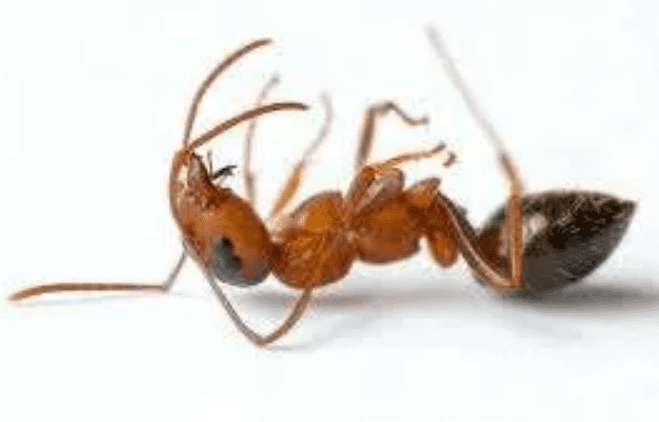Insect Declines: ‘The Great and Merciless Thinning’


 The black flies emerged early this year in the Adirondacks, but we should expect to be harassed by another brood before Father’s Day. It would be a matter of concern if we weren’t.
The black flies emerged early this year in the Adirondacks, but we should expect to be harassed by another brood before Father’s Day. It would be a matter of concern if we weren’t.
According to the latest “Bugs Matter” report from the UK-based conservation charity Buglife, “the number of bug splatters on vehicle license plates in the UK has declined 63% since 2021.”
The report is far from the first of its kind. According to another recent study, this one from Germany, the numbers of insects in that country’s nature preserves have plummeted by 75 percent in the past three decades.
Other countries fare no better. In the Netherlands, butterfly numbers have fallen by 84% over a period of 130 years. The numbers of insects in Puerto Rico have fallen in just the last 25 to 35 years.
We are living, as naturalist Michael McCarthy puts it, through a “great and merciless thinning.”
Only a few decades ago, entomologists could count at least 740,000 species of insects all but invisible to the human eye. The bugs, which might live only a few hours or days, are genetically determined to lay eggs, protect the larvae against winter’s chill and provide a new cycle of life to nourish birds when spring returns to the northern latitudes.
And that, of course, is why “the great thinning” is of such concern. Insects underpin nature.
As the populations of bees, butterflies and other insects contract, whether because of development, invasive species or pesticides, we notice it in our apple trees, gardens and backyards, all of which depend upon pollination.
And if we still hear birdsong, there is less of it, because as the insect populations shrink, so, too does the size of the bird populations that feed upon them. That much is evident in the National Audubon Society’s annual Christmas Bird Count.
Since 1991, the Lake George Land Conservancy has been Audubon’s designated compiler of all data collected within a 15-mile radius of Bolton Landing on Lake George.
That data helped scientists establish that bird populations in North America have dropped by 29% since 1970, as a study published in Science magazine in September 2019 showed.
According to Dr. Kenneth Rosenberg, the lead author of the study, whom I heard lecture at Bennington College shortly after that study appeared, common backyard birds “are literally the canaries in the coal mine… The loss of bird populations is an indicator of what’s going on in our environment. Mass declines signal trouble across ecosystems and alert us to trends that will ultimately affect human health and well-being.”
An update of that 2019 study, presented March 13 at the 90th North American Wildlife and Natural Resources Conference, found that bird populations across the United States continue to decline, with the losses touching the majority of all bird groups and habitats.
There can be little doubt that the primary culprit of “the great and merciless thinning” of bug and bird populations is climate change. Our backyards are its witnesses.
Read more about insects in New York.
A version of this article first appeared on the Lake George Mirror, America’s oldest resort paper, covering Lake George and its surrounding environs. You can subscribe to the Mirror HERE.
Source link




